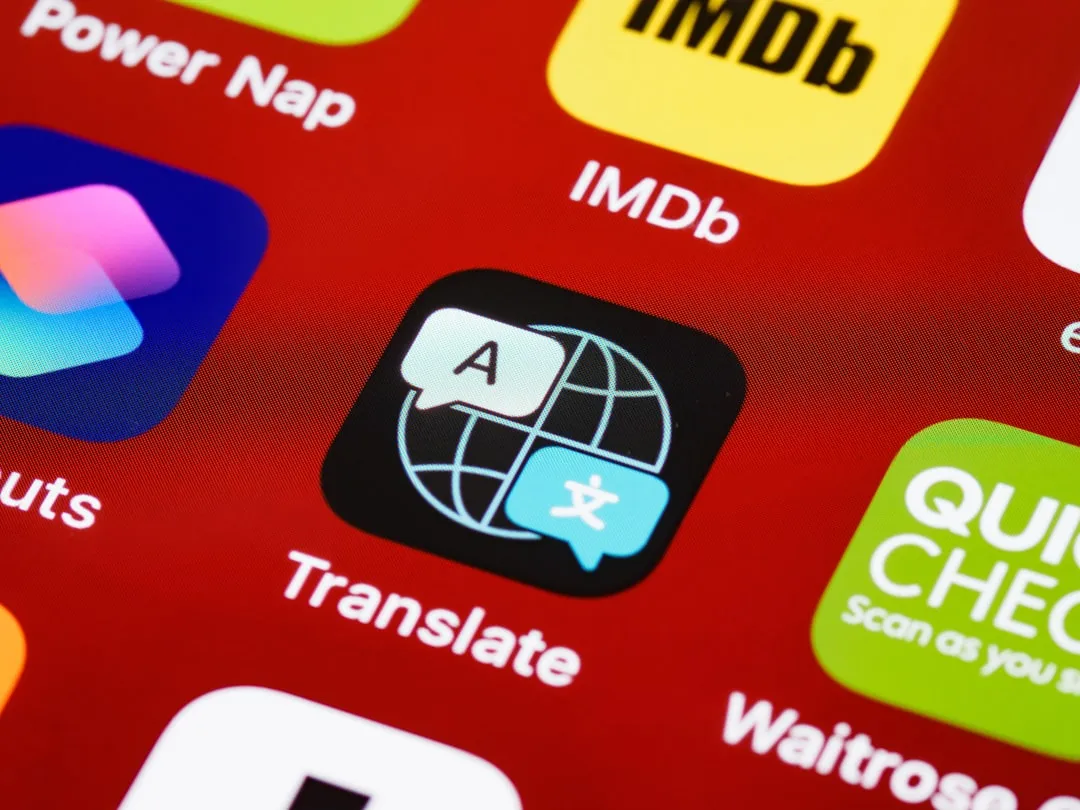Imagine this: you just updated your iPhone password, then later the new credentials don’t work and you no longer have access to an important account. Apple’s latest iOS 26 release introduces full version history tracking for every login stored in the Passwords app, according to 9to5Mac. The result, as iNews ZoomBangla reports, is a change in the way more than 1.5 billion Apple device users manage their digital credentials. The standalone Passwords app, which debuted with iOS 18 as an evolution of the Basic Settings submenu, according to 9to5Mac, now matches the advanced features of premium third-party password managers. It tackles everyday identification failures head-on and puts Apple’s native tool in contention with the best of them.
What makes password history so essential?
Ultimately, password management isn’t just storage, it’s recovery when things go wrong. The new history feature maintains complete version records for every stored login, with each password change archived with precise timestamps, according to iNews ZoomBangla. Open any login entry and you’ll see a new Show History button, it only appears when multiple versions exist, as noted by 9to5Mac. Have you ever changed a password at 1 a.m. and forgotten the new one at breakfast? This is the breadcrumb trail of return.
This fills a fundamental gap that security experts have long recognized. Dr. Elena Torres of MIT’s Computer Science and Artificial Intelligence Lab points out that “version control is standard in professional data systems but absent in consumer password managers,” according to iNews ZoomBangla. The implementation goes beyond simple backup, it allows one-click restoration of previous credentials and keeps end-to-end encryption in sync via iCloud Keychain, as detailed by iNews ZoomBangla.
There is another victory here, silent but powerful. Password history also serves as an early warning system in the event of an account compromise. If you spot changes you didn’t make, that’s a red flag for unauthorized access. A feature once reserved for enterprise security tools is now in your pocket.
How iOS 26 elevates Apple’s security game
iOS 26 arrives with more granular security and privacy controls as well as a cleaner interface, according to Techi. Apple officially launched iOS 26 on September 15, 2025, after announcing it at WWDC 2025 on June 9, 2025, as reported by Techi.
Password History integrates seamlessly with traditional passwords, passcodes, two-factor authentication codes, Wi-Fi credentials and breach alerts, according to iNews ZoomBangla. This mix paves the way for practical secondary uses, from detecting unexpected password changes to examining how often you update critical accounts and tracking changes made on a Mac or iPad, as detailed by iNews ZoomBangla.
Apple’s broader focus also covers passwords and location protections, according to Techi. The system supports iPhone models with at least an A13 Bionic chip and adds advanced spyware protection, hidden tracking blocks and tighter control of personal information, as noted by Techi.
PRO TIP: Use password history as a quick audit. Set a reminder, check for outdated connections, and note any changes you don’t recognize.
Why this is changing the password manager landscape
Apple’s decision shakes up the sector. iOS 26’s Passwords app now offers enterprise-style version control while retaining Apple’s privacy-focused architecture, challenging established players like 1Password and Bitwarden, according to iNews ZoomBangla. It caps a long climb from a simple Settings submenu to a full credentials hub that recently added payment card storage, as detailed by iNews ZoomBangla.
One key element is interoperability, the sticking point that often keeps users locked in. Apple’s approach covers the lifecycle of access keys, including creation, migration, discoverability, data accuracy and user control over where credentials are located, according to Corbado. Transfers are secure, use end-to-end encryption, support app-to-app movement, and require local authentication, as 9to5Mac reports.
These transfers happen directly between credential management applications using a standardized data format developed by the FIDO Alliance, avoiding unencrypted CSV or JSON exports, according to 9to5Mac. Users can securely import and export passkeys, passwords and verification codes between apps and devices, even to Windows, Android or third-party managers, as noted by iATO. Using FIDO Alliance standards, transfers retain end-to-end encryption, require Face ID or Touch ID, and skip risky export files, according to iATO.
This signals a strategic shift in how Apple competes, offering premium features while removing ecosystem barriers, building loyalty through choice, not restriction.
Overview: Apple’s passwordless future
Apple’s long-term vision becomes apparent when you think of password history as a bridge to passwordless login. The strategy goes beyond traditional passwords with broader adoption of access keys through new APIs that issue access keys upon account creation, eliminating passwords altogether, as detailed by NowSecure. Automatic access key upgrades make post-login migration easier, and credential management endpoints provide visibility into access key adoption with upgrade prompts in the Passwords app, according to NowSecure.
The rollout marks a notable milestone in password security, addressing years of complaints that Apple was lagging behind credential security standards, according to Best Reviews. Apple users can now share passwords with third-party apps like 1Password for added convenience and control when choosing a manager and transferring sensitive information across platforms, as Best Reviews reports.
During this change, Password History plays the role of the cleanup team. Many people will adopt passwords for new accounts while keeping old passwords for existing services, so the version history keeps both stable. The passwordless future may be inevitable, but it requires careful migration that doesn’t disrupt access.
For users in the Apple ecosystem, this improvement to iOS 26 will enable more effective password management in the coming year, according to 9to5Mac. The update transforms the native Passwords app from basic storage into a comprehensive security hub that rivals premium alternatives, and Password History in particular fills a long-standing gap. Combined with iOS 26’s broader security upgrades, Apple is moving to the forefront of consumer password security, delivering practical gains today and a clear path to tomorrow.









